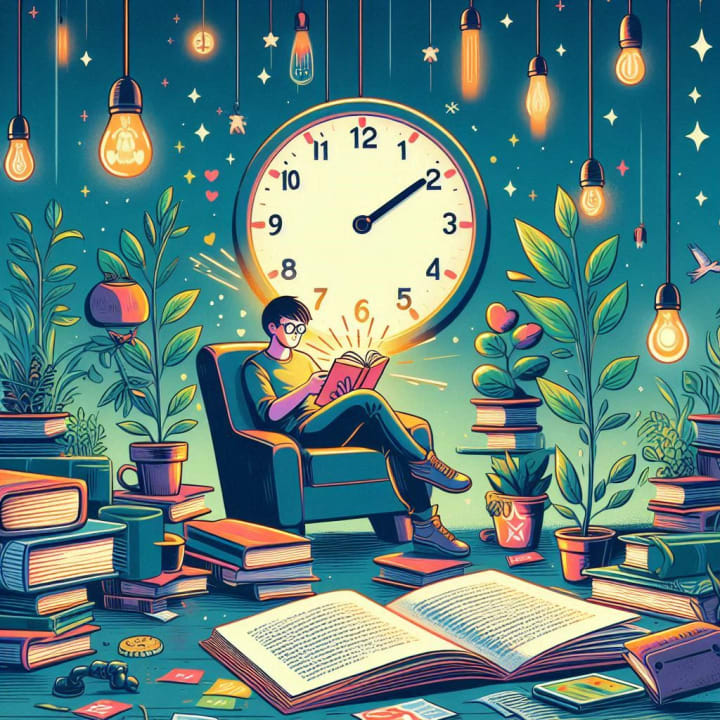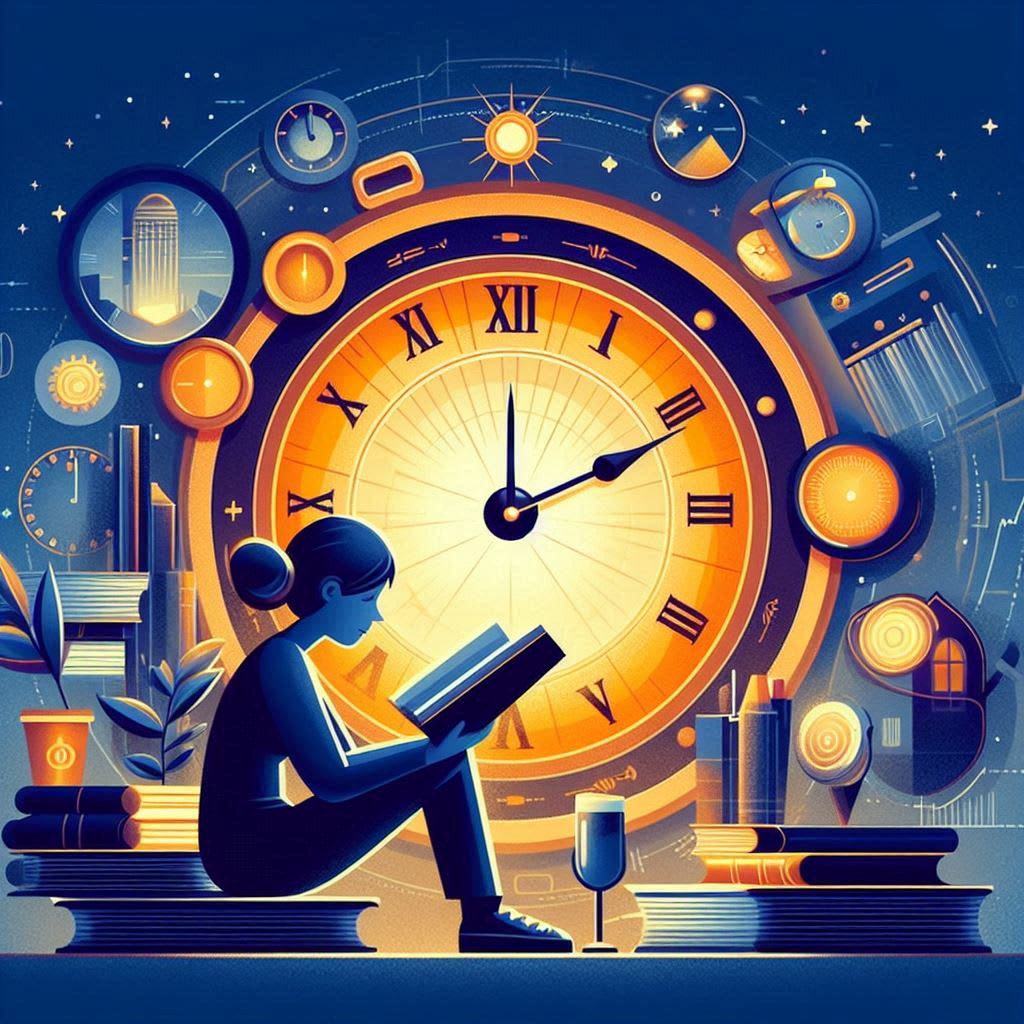
I never thought I’d be one of those people who could say, “I read a book in 30 minutes.” To be honest, it always sounded a little pretentious or unrealistic—like someone was either lying or missing the point of reading entirely. But curiosity is a powerful motivator. One quiet Sunday afternoon, I decided to challenge myself and see what I could learn—not just from the book itself, but from the process of reading it fast.
I chose a relatively short nonfiction book that had been sitting on my shelf for months. It was about productivity and focus—two things I clearly needed help with. The book had just over 120 pages and was written in a clear, conversational style. No fluff, no overly academic language. Perfect for this little experiment.
I gave myself 30 minutes. No distractions, no phone, just the book, a pen for underlining, and my full attention.

________________________________________
📌 The Highlights: What I Actually Learned in 30 Minutes
1. Most Books Are Repetitive by Design.
The author repeated the same core message in different ways throughout the chapters. This is great for reinforcing the idea when you read slowly, but it means if you read with focus, you can get the main point quickly. In this case: Protect your time like it’s gold, and eliminate unnecessary choices.
2. Skimming Is Not Cheating—If You Know What You’re Looking For.
I didn’t read every single word. But I did read every section. I slowed down for the parts that sparked something in me and skimmed through examples that didn’t feel relevant. It felt like listening to someone speak, where you naturally pay more attention when it feels personal.
3. You Retain More When You Read With Intention.
Because I was racing against the clock, I was hyper-focused. I wasn’t reading just to “get through” it—I was reading to find value. I underlined what mattered to me and jotted quick notes. To my surprise, I remembered more than I typically do when reading at a leisurely pace.
4. Speed Reading Isn’t for Every Book.
This was probably the most important realization. There are books you want to savor—stories that deserve to unfold slowly. But for certain self-help or business books, where the core message is buried under layers of fluff? A quick read might actually improve your experience.
5. Application Is More Important Than Absorption.
Reading fast meant I didn’t get bogged down in theory. I left the session asking, “Okay, how do I use this now?” And that was refreshing. Because if you don’t apply what you read, even the slowest reading doesn’t mean much in the long run.
________________________________________
🎯 The Aftermath: Did It Work?
That week, I tried to implement just one lesson from the book: guarding my time more fiercely. I started turning my phone off during focused work. I said no to tasks that weren’t urgent. I cut out two hours of wasted time each day just by being more aware of how I was spending it.
That one takeaway alone made the 30-minute read worth it. It wasn’t the depth of the book that changed something—it was the clarity I gained from reading it quickly and intentionally.
________________________________________
💡 What This Experience Taught Me
I’ve always thought reading was sacred—something to be done slowly, like sipping tea in silence. But I now realize reading is like listening: sometimes, you want a deep, emotional conversation. Other times, you just want a quick, solid piece of advice. Both are valuable.
Reading fast doesn’t make you smarter, but it can make you more efficient. If you’re intentional, selective, and honest about what you want to get from a book, 30 minutes might be all you need.
________________________________________
🌟 Moral of the Story:
Reading isn’t about speed—it’s about connection.
Sometimes that connection takes hours. Other times, it takes 30 minutes. What matters most is what you do with what you learn.

—————————–
Thank you for reading…

